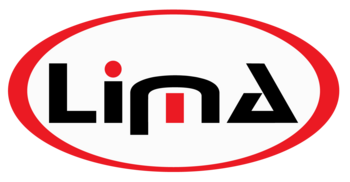As a suburban child of the ‘70s, there was one critical and inescapable influence that had a tremendous impact on shaping my young brain: Saturday morning cartoons. I was personally a fan of anything Looney Tunes and, in particular, the Road Runner and Coyote shorts. As part of every short there was an obligatory shot of the Coyote chasing the Road Runner. He would get fairly close only to have the Road Runner casually kick it into high gear and shoot off into the distance, leaving the dumbfounded Coyote in his dust.
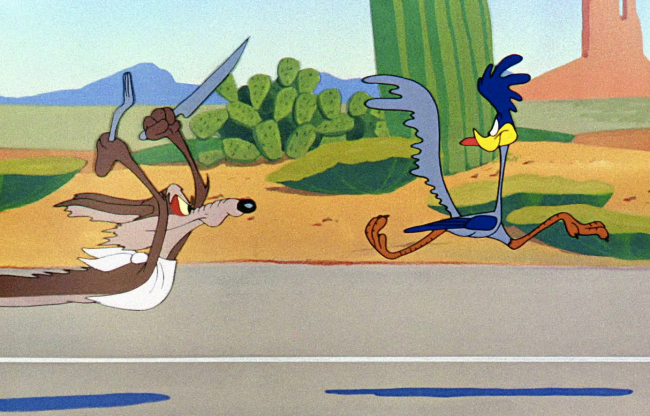
A couple of years ago, I left the OAAA Conference with the inescapable feeling that Out of Home was about to enter a sprint. That the converging forces of infrastructure, technology and data had delivered OOH to a point where a paradigm shifting surge was just on the horizon. Since then, the capabilities of the industry in terms of targeting data, streamlined buying platforms, integrated mobile and location-based cross-channel, attribution and measurement have taken off at an almost unprecedented, Road Runner-esque pace. This have left many of us standing in the dust with our heads spinning. Unless we want to end up like Wile E. Coyote, it is imperative that we catch up.
OOH 2019: Reflecting on the Future
As I was thinking about this year’s OAAA/Geopath Conference, trying to unpack everything, find the common themes and draw the connections in my head, I kept coming back to one thing. I thought about all the very smart things said by very smart people in presentations, and panels and training seminars, but one thing was, by far, the single most important thing said by anyone at the conference. During Rishad Tobaccowala’s keynote, he said: “The future does not fit in the containers of the past.”
Out of Home sits at a crossroads with one foot planted in the future, and one stuck in the past. A couple of years ago, the forces at work were technology and infrastructure. Now the most important thing is behavior. To capitalize on the fantastic positioning of Out of Home today, we need to create new behaviors. New behaviors that will create new containers that can hold the future of OOH.
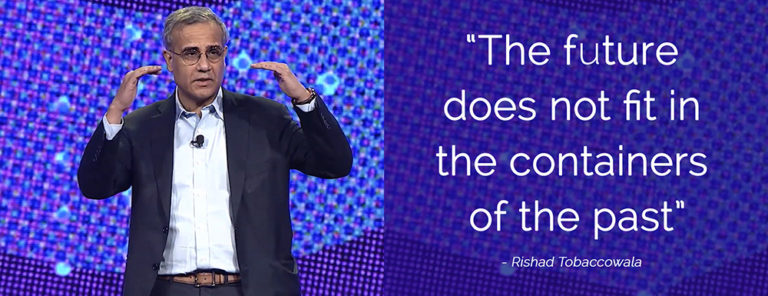
I was also left thinking that with all the tremendous advancements in capabilities we might expect the OOH industry to have taken off in growth, as well, but that is not the case. While it is still the only media channel (other than digital) to see continued growth, it’s still nowhere near the 8% share of European markets.
So, what’s holding the future up? Out of Home is waiting for one thing: Us.
That said, there were a few key behavioral areas that clearly need new containers.
Audience measurement is the new currency.
For many years the OOH industry has worked within a system of media measurement. Traffic counts and DEC’s were the currency of the marketplace. Then, along came cell phones and, et voila, the paradigm shifts from media to audience. We can use the wealth of location, travel, demographics and, most importantly, behavioral information we have at our fingertips.
Location and behavioral data can and should be used to plan from the very beginning of a campaign – starting with the markets, specific media and digital tactics, down to daily and hourly patterns.
On the back-end of the campaign, the ability to measure footfall, attribution and ROI are rapidly becoming an expected service from advertisers. Being able to tie real dollars to OOH has been the Holy Grail for a long time and, while it’s not yet fully formed, it’s certainly closer than ever.
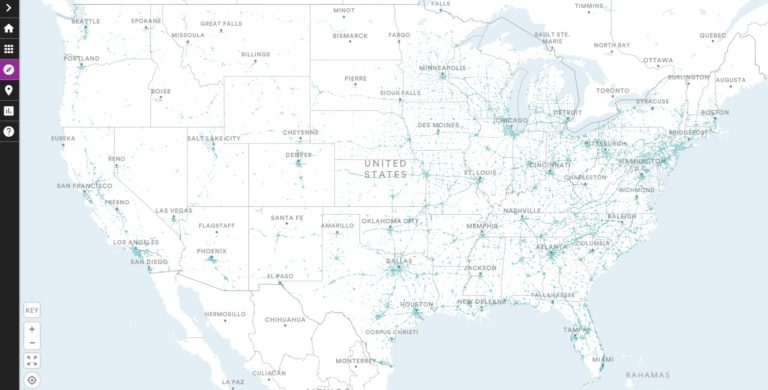
What is holding us back? The idea of shifting from measuring the media to measuring the audience requires a significant shift in perspective. It’s an ingrained thought process with many, many years of tradition and baggage attached. It’s interesting that many startups and DTC brands – companies with a less encumbered viewpoint – more easily adopt this sort of view. To digitally native brands and the agencies that work with them, targeting based on audience persona is completely natural. It doesn’t really matter where the ad is as long as we know it’s getting to the right audience.
The Out of Home industry needs to learn how to plan this way. The rapid adoption of the new measurement systems, like the Geopath Insights suite, and the consistent use of those numbers across the industry are key. To accomplish that, we all need to commit to a higher level of education across our own companies and with our clients.
The new container should be: “How does this plan deliver my audience?”
The year of mobile that never happened, except maybe it did.
There was a running joke in a number of presentations, and it went something like this: “Remember how for the last 10 years we’ve said that this is the ‘year of mobile’?” The implication is that it never really arrived. To a certain extent this is true. Although, it is also clear that a number of agencies are truly dedicated to including mobile as an OOH tactic.
The infrastructure is there. The supporting data is there. So, what’s holding us back?
This is a tricky one as there are several issues at play. One is a lack of understanding on the OOH side. Can we honestly say we are we all truly up to speed on how to plan an effective mobile campaign, and able to propose them when they could solve a problem? Are we simply slapping them on to proposals to try to increase the size of the buy? Can we clearly articulate the value of integrating location-based digital media with OOH?
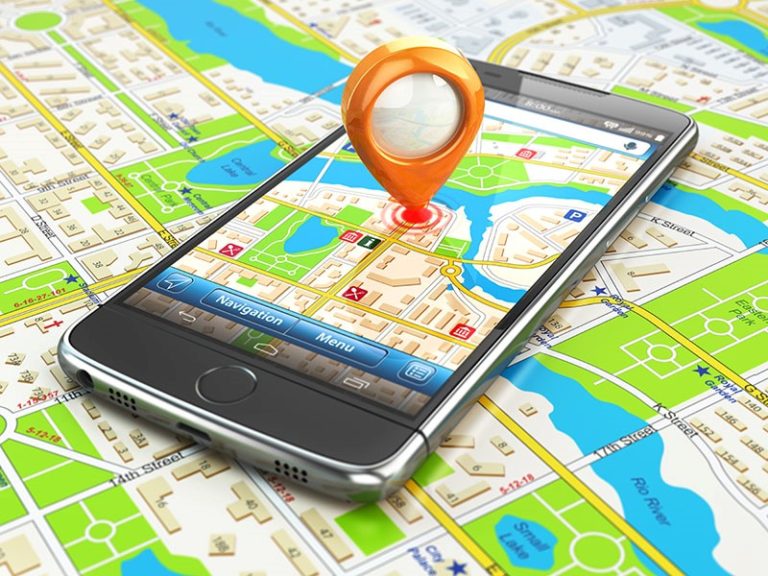
None of this is surprising – digital media is an entirely different animal with different terminology, measurements, support rationale, etc. It’s also changing at an incredible pace, so it’s understandable when we find it hard to keep up. That said, it is imperative that we educate ourselves enough to understand the value proposition and enough of the tech to propose it intelligently.
The other issue is advertiser education around digital and OOH. They are two completely separate media channels with very different sets of expectations. It requires that advertisers reach across their existing media silos between OOH and digital teams to collaborate and fully integrate planning. The education in our own industry should be multiplied by a factor of ten for clients and advertisers.
The new container should be: “How does this plan integrate multiple location-based tactics?”
Programmatic buying is ready – are we?
Programmatic buying has been a buzz word for the last several years, but now it feels different. It’s here and it’s happening. While there is still some ground to cover on the technical side it’s clear the train has left the station. What’s also clear is that we don’t have widespread understanding of the “what” and the “how”, and most importantly the “why”.
I see programmatic (or automated) buying as additive, not (at least for the time being) as a wholesale replacement of the old buying process. Programmatic will add an exciting new tool to the OOH arsenal that will create efficiency and flexibility. It will allow new ways of looking at planning and attribution at every stage of an Out of Home campaign.
It will also help Out of Home inch closer to its new best friend – digital. When they are planned, purchased, executed and measured all under one DSP, it will facilitate more inclusion of DOOH in media plans, and larger overall budget allocations.
What is holding us back from driving the adoption and use of programmatic DOOH? There is still some block-and-tackle work to do in the industry. How will we sell it? How will we measure it? Will it be all of the DOOH landscape, or will some space still be bought traditionally? Most importantly, when should we use it?
The DPAA has published an initial standards and practices, which answer a lot of these questions. But – and be honest – how many of us have really read and understood all 80 plus pages. Media suppliers, buying platforms and agencies all need to adopt these standards. So, again, we must educate ourselves and our clients and build new containers.
The new container should be: “How can programmatic buying be used as a tactic to enhance this media plan?”
Integrated campaigns are the future of OOH.
This doesn’t mean adding some malls, or perhaps even some other place-based media to your plan. The future of Out of Home is integrated, location-based plans that include static media, DOOH/programmatic, experiential and mobile/digital.
It’s no coincidence that the OBIE Award went to a campaign that included traditional Out of Home, experiential activations and digital media. Experiential activations allow us to add layers of engagement. It lets OOH function as a one-to-one media instead of just one-to-many. It can extend far beyond just the activation with social content and collateral. These can function to gather consumer information to build an advertiser’s contact database.

What’s holding us back from including experiential activations in more media plans? There are a lot of moving pieces to experiential. It is more time-consuming and labor intensive to plan, build and execute, and critically reliant on a great concept/idea/creative. Taking on an experiential activation can be daunting. It’s easy to fall short, but the potential benefits are huge.
The new container should be: “Does this plan include all the relevant location-based media, and how are they connected?”
How do we move forward?
Something else that Mr. Tobaccowala said stuck in my head: “To get there, the hardest thing is not technology, the hardest thing is changing the industry and changing yourselves.” In the old Looney Tunes shorts, the Coyote is fantastic at coming up with creative new contraptions to catch the Road Runner with no success. No matter what technology he comes up with the one thing he never changes is himself.
Building new technology is easy – changing behavior is hard, and that is something only we can do. It’s up to us to work together to build the new containers for those new behaviors, and to create the shape of the future of OOH.
We have the tools, data, technology, media and, most importantly, the opportunity. The only thing we need to do is reach out our hand and take it.
Postscript: A Fond Farewell to Nancy Fletcher
Finally, I’d be terribly remiss if I didn’t take a moment to acknowledge one other important event that took place at the conference – the final state of OOH address from OAAA CEO Nancy Fletcher. Nancy has been a force in the industry for four decades – a remarkable achievement in any industry. More than that, she helped the Out of Home industry navigate through some of its most difficult times. She always did it with sharp eye, a fierce determination and a friendly smile. She has managed to help shepherd the industry to a point where it is ready to take exponential leaps forward.
While we could catalog her list of accomplishments, I think it might be better to look at her parting message to the industry, and make sure we take it to heart:
“As I prepare to take my bow and exit stage left, I want to leave with you the single most important lesson I’ve learned in 40-plus years in OOH. The OOH industry would in no way be where it is today without collaboration…Amidst change, one thing remains constant: the importance of collaboration.”
Source : www.emcoutdoor.com
